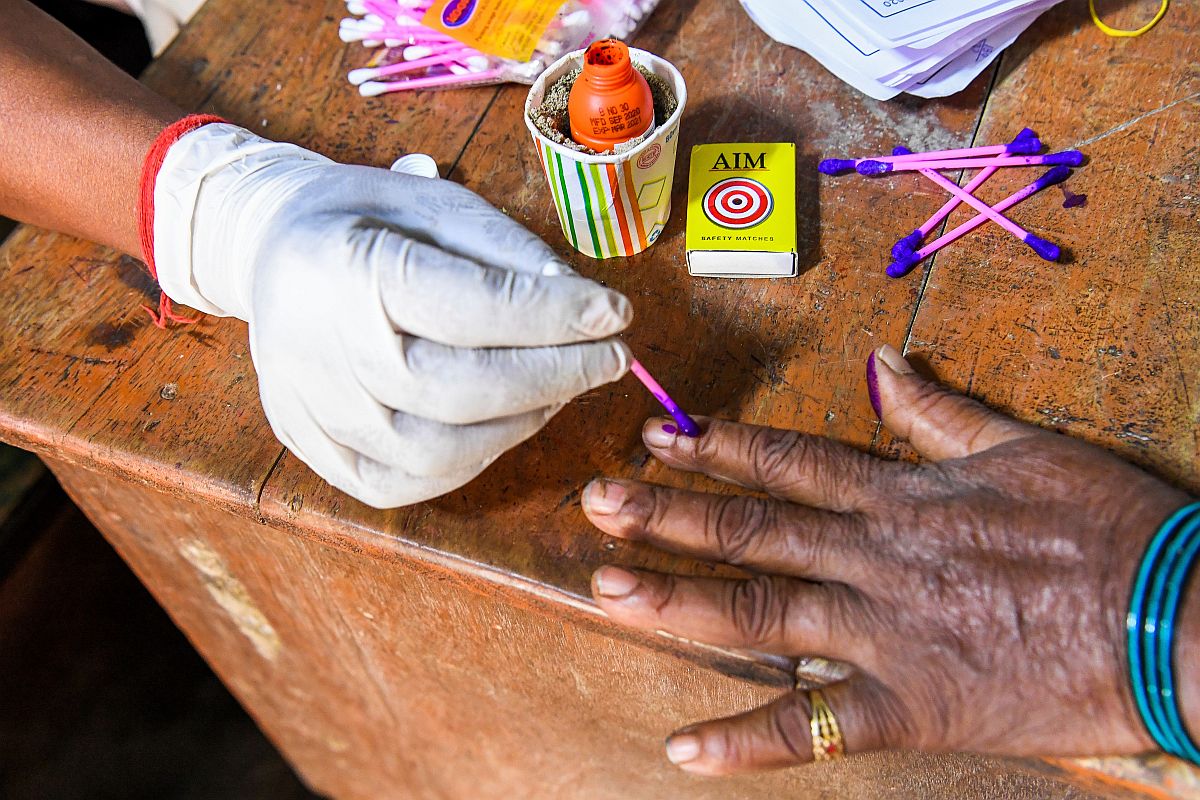Of late, the Election Commission has become the whipping boy of the judiciary and opposition political parties as high court after high court has blamed the commission for the current second wave of Covid. The Madras high court observed last week, “Your institution is singularly responsible for the second wave of Covid-19. Election Commission officers should be booked on murder charges probably.”
The court called the commission the “most irresponsible institution” and chastised it for not stopping election rallies in pollbound states when the situation “now is of survival and all else comes next.” Early last month, the Calcutta High Court also rapped the Commission. “The Election commission is empowered to act, but what is it doing about polls in these Covid times? The EC is just passing circulars and leaving it to the people. But the EC has implementing authority,” the court said.
It observed that the Commission “is not doing one-tenth of what TN Seshan ( a former CEC) had done”. The judges warned that if the Commission did not take action, the court would. The Supreme Court also was critical of the Commission. Besides the judiciary, the Commission has come under the the scanner of experts and analysts. They too have criticized the Commission with the Opposition alleging that the EC is doing the ruling party’s bidding.
A group of retired bureaucrats and diplomats had written a letter to the President of India on 8 April 2019, terming the EC as “weak-kneed” and “suffering from a crisis of credibility”. What exactly is the Election Commission? It is an autonomous body created by the Constitution to conduct free and fair polls. The Commission controls the entire process. It grants election symbols and also recognizes political parties.
It issues a model code of conduct and keeps an eye on the election expenditure of candidates. There have been allegations of EVMs malfunctioning and not registering votes which corrode public trust in the institution. Its most important function is to ensure there are free and fair elections and the political parties get a level playing field. There had been many upright Election Commissioners who withstood political pressure.
For instance, R.V.S. Peri Sastri (1986-1990) is credited with reforms like the introduction of EVMs and the reduction in the voting age to 18 years. Rajiv Gandhi who had an uncomfortable relationship with him made the commission into a multi-member body for a brief period but it was P.V. Narasimha Rao who revived the multi-member commission in 1993. Chief Election Commissioner T.N. Seshan (1990-1996) implemented the model code of conduct, reining in muscle and monetary power in elections and also prohibited election propaganda based on religion and caste-based hatred.
He kept an eagle eye on a candidate’s expenditure. Many former Chief Election Commissioners like S.Y Qureshi feel there was a need to provide more teeth to the commission. The opposition points a finger against the commission for being partial. It has also not been able to contain money power and muscle power. Today those who come to parliament and legislatures are mostly moneyed candidates. Secondly, the EC has no power to regulate political parties and party finances.
Some political parties want transparency in the selection of the EC. It is the government that chooses the election commissioners. The second administrative reforms commission had recommended a collegium headed by the Prime Minister, Speaker of the Lok Sabha, the Leader of Opposition in the Lok Sabha, the Law Minister, and the Deputy Chairman of the Rajya Sabha as members.
Late Prime Minister Chandrashekhar introduced a bill to this effect but his regime was too short. At a time when the electoral discourse has dipped to such low levels, there is a need for the EC to assure the public about its impartial nature. The EC has sent around 50 reform recommendations to the government, including on rules to decriminalize politics, transparent party funding, paid news, and empowering the EC to countermand an election in cases of bribery.
The use of money power has not come down. Total expenditure on the 2019 parliament election is estimated at a staggering Rs 60,000 crore, making it the most expensive poll in the world, more than double the expense in the 2014 polls, according to the Centre for Media Studies (CMS). It is not all bad as the poll body has taken several new initiatives in the recent past.
They include a scheme for use of State-owned Electronic Media by political parties, computerisation of electoral rolls, providing Voter Identity Cards, and various measures for strict compliance with the Model Code of Conduct. An impartial election commission can go a long way in serving the biggest democracy in the world effectively.
To be fair, many of those who presided over the Nirvachan Sadan had been upright and pragmatic officers. Sadly the perception is that it has not remained so and gradually yielded to political pulls and pressures as the courts point out. There is a crisis of credibility. The political parties are reluctant to enforce electoral reforms. What is needed is political will and this is lacking.












